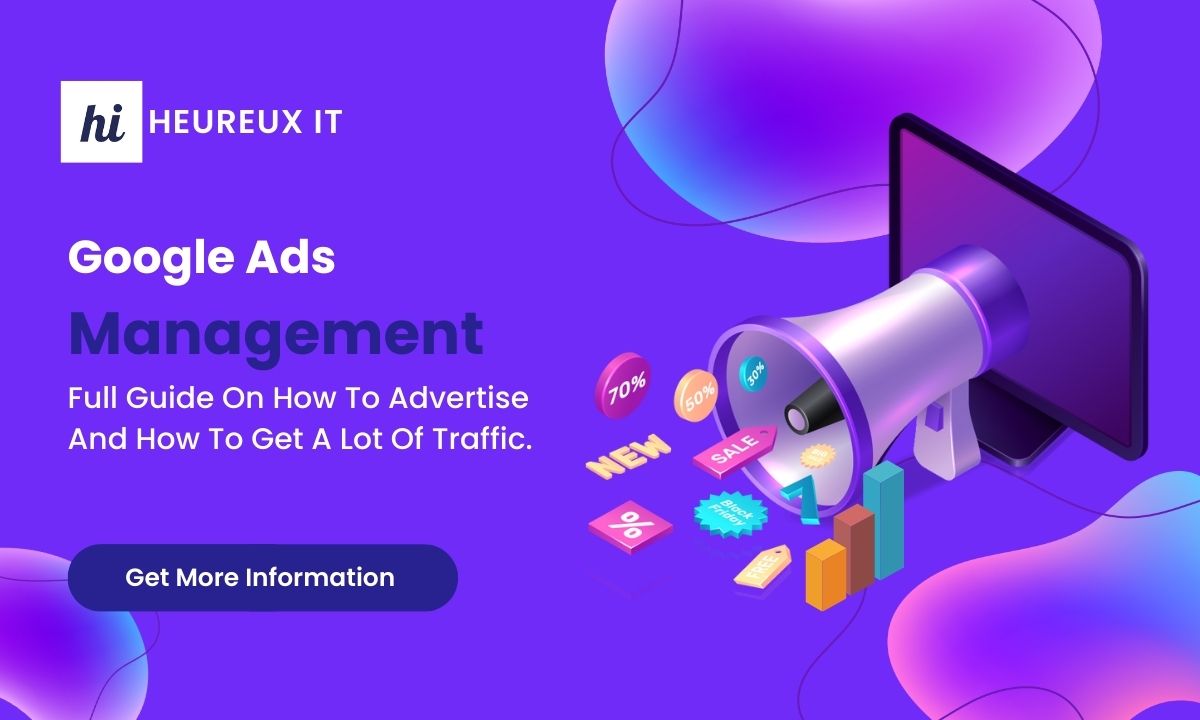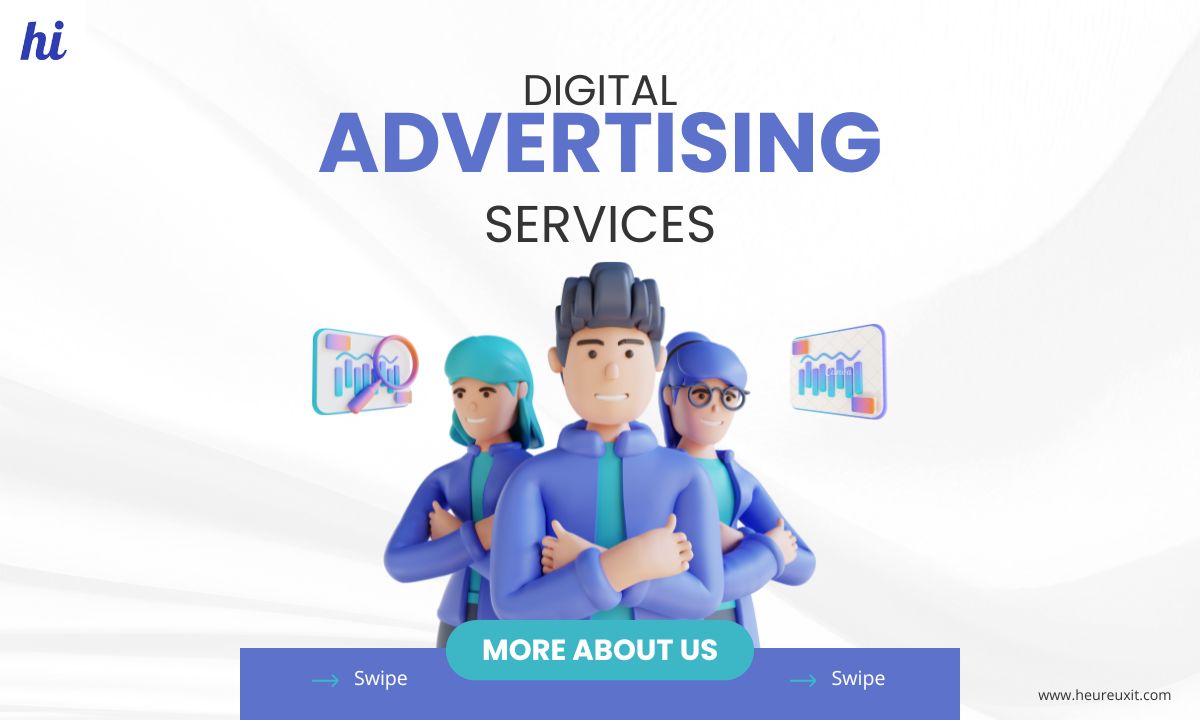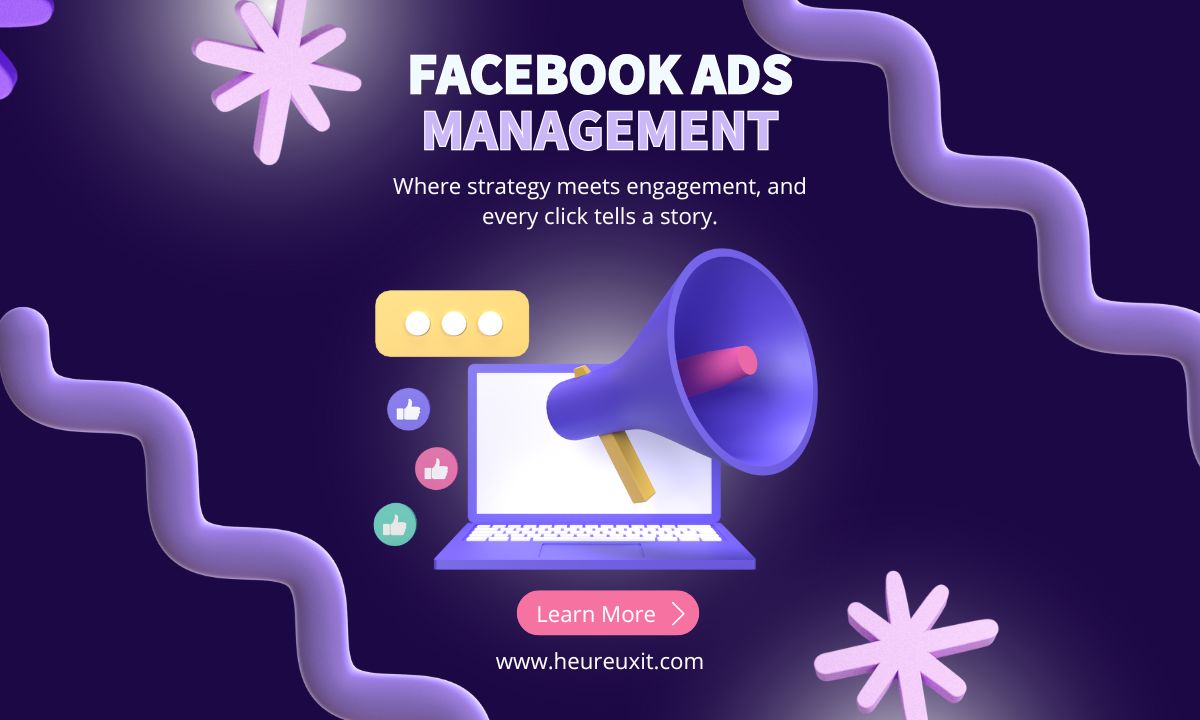Understanding Mobile Marketing Connecting with Customers On-the-Go
Mobile marketing is all about reaching your audience through their smartphones and tablets. In today’s world, where almost everyone carries a mobile device, this form of marketing offers a direct and personal way to engage with customers wherever they are.
Types of Mobile Marketing
In-App Marketing: Reaching Users Where They Spend Time
In-app marketing leverages mobile applications to promote products or services. Whether through banners, pop-ups, or inbox messages, brands can engage directly with their app users. It’s a powerful way to guide user experience within your app and even expand your customer base through ads placed in other popular apps.
Mobile Push Marketing: Delivering Timely Messages
Push notifications are a staple of mobile push marketing, delivering messages directly to users’ devices. These notifications keep users informed about updates, offers, or news, even when they aren’t actively using your app or visiting your website.
SMS Marketing: Direct and Immediate Communication
SMS marketing involves sending text messages to users’ phones. It’s effective because text messages are hard to ignore, making it a direct way to communicate promotions, alerts, or personalized offers to your audience.
Social Media Marketing: Engaging Through Popular Platforms
With billions of users worldwide, social media platforms offer extensive reach for mobile marketing. Advertising through platforms like Facebook, Twitter, or Instagram allows businesses to connect with users on a more personal level through targeted ads and engaging content.
Location-Based Marketing: Targeting Based on Where Users Are
Location-based marketing targets users based on their geographic location. By delivering relevant ads or offers tied to a user’s location, businesses can create highly targeted marketing campaigns that feel more personalized and relevant.
QR Code Marketing: Connecting Offline and Online Experiences
QR code marketing uses scannable codes to link users directly to websites, apps, or promotions. It’s a simple yet effective way to bridge offline and online interactions, making it easier for users to engage with your brand.
Mobile Marketing vs. Traditional Marketing
Engaging Audiences: Interactivity vs. One-Way Communication
Unlike traditional marketing, which often involves one-way communication through mediums like TV or print ads, It allows for direct interaction. Users can engage with content, respond to offers, and even share promotions with others, enhancing engagement and brand interaction.
Measurability: Tracking Success in Real-Time
Traditional marketing campaigns can be challenging to measure accurately. In contrast, mobile marketing provides robust analytics tools that track user engagement, conversions, and ROI in real-time. This data-driven approach allows marketers to optimize campaigns on the fly for better results.
The Importance of a Mobile Marketing Strategy
Crafting Your Mobile Marketing Strategy
A mobile marketing strategy is essential for businesses aiming to connect effectively with mobile users. It involves planning and implementing campaigns across various mobile channels—apps, responsive websites, SMS, push notifications, and social media—to maximize engagement and drive conversions.
Advantages and Disadvantages of Mobile Marketing
Advantages: Accessibility and Personalization
It offers immediacy and accessibility, allowing businesses to reach audiences anytime, anywhere. Personalized content delivered through mobile devices feels more relevant to users, enhancing engagement and loyalty.
Disadvantages: Challenges and Considerations
However, mobile marketing isn’t without its challenges. Issues like navigation across different devices, privacy concerns, and the need for constant updates can impact campaign effectiveness. Addressing these challenges with user-friendly solutions and transparent communication is crucial for maintaining trust and engagement.
Conclusion: Embracing the Mobile Revolution
In conclusion, It represents a dynamic and essential component of modern marketing strategies. By leveraging the power of mobile devices, businesses can create meaningful connections with their audience, drive engagement, and achieve measurable results. As technology continues to evolve, staying agile and informed about mobile marketing trends will be key to sustaining growth and relevance in the digital landscape.







